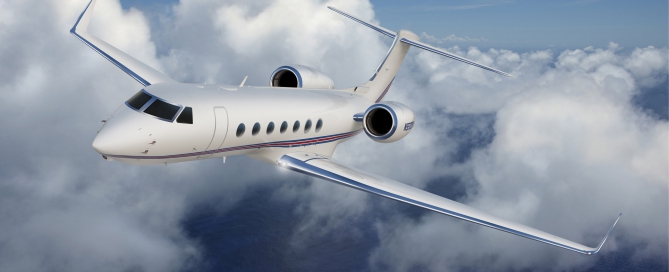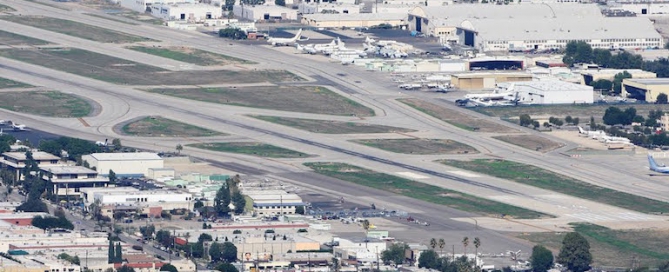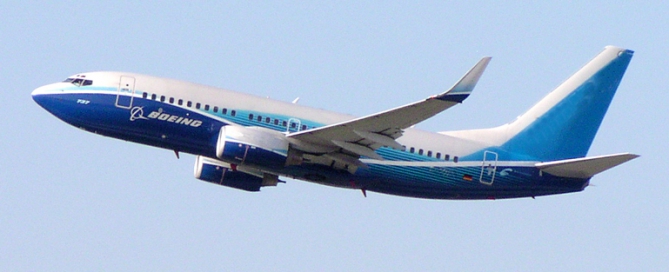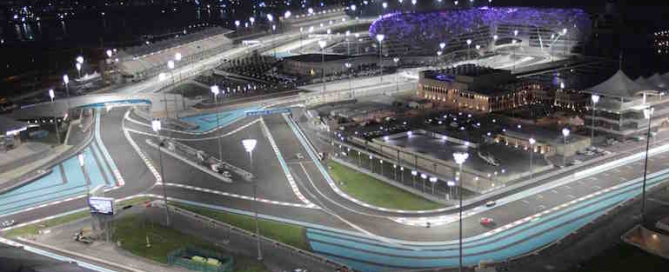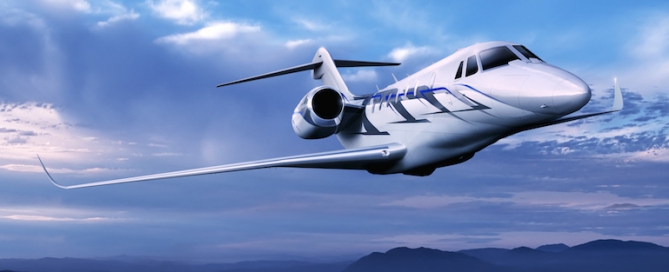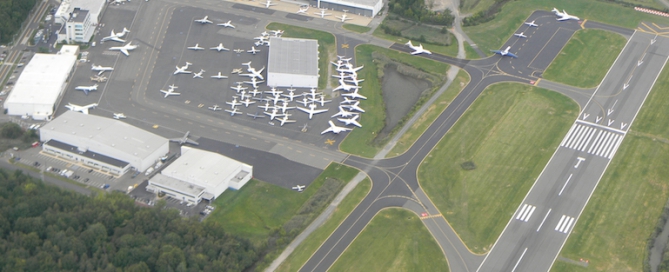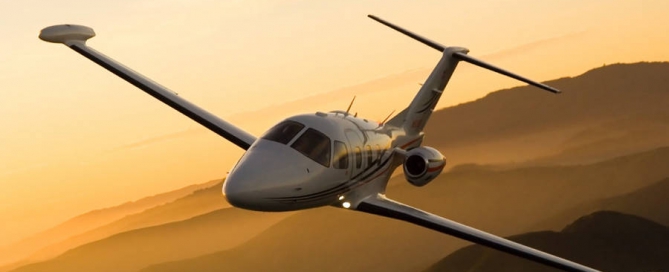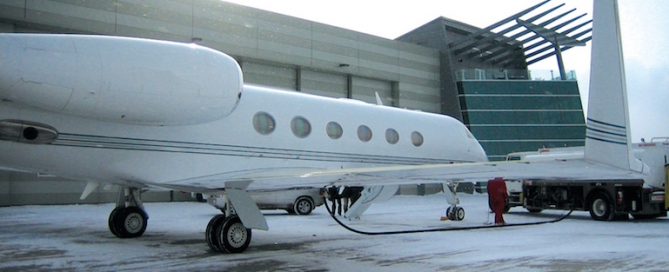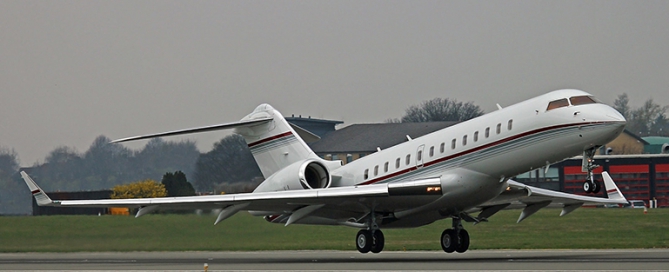Gulfstream Jet Specifications and Charter Info
Gulfstream Jet Specifications and Charter Info Gulfstream jets are very common jets in the industry, nearly as common as lear jets for smaller flights, and much more popular as aircraft for longer ranged flights. Gulfstream’s ability to produce amazing long range jets never ceases to astound the industry. Starting in 1958 Gulfstream has built various types of private aircraft and continues to do so in a reliable and exciting manner. Instead of covering all of Gulfstream's previous models it is more efficient to detail the most commonly chartered business jets in addition to their current product line. We start with Gulfstream's flagship business jet, the G650, which is a long range large jet capable of carrying 19 passengers and capable of flying over 7000 nautical miles. The latest and greatest of avionics and luxury features have been included in the G650, features including full touchscreen panels for pilots and all passengers, in addition to a full-scale in-flight infotainment system with a stunning surround sound system and lie flat seats with a relaxing massage features. The G650 is the fastest large jet produced by Gulfstream or any other manufacturer. Capable of flying mach .9 or a slower mach 8.5, this business jet is at the very top when compared to other business jets in its category. Secondly is the G550 also capable of holding 19 passengers and flying approximately 5800 nautical miles. Many of the same cabin amenities offered by the G650 are available on the G550 including but not limited to massage seats, large oval windows, the in-flight infotainment system with surround sound and of course lie flat seats for all passengers. The average cost to charter this aircraft per hour is approximately $10,000. While cheaper than the G650
